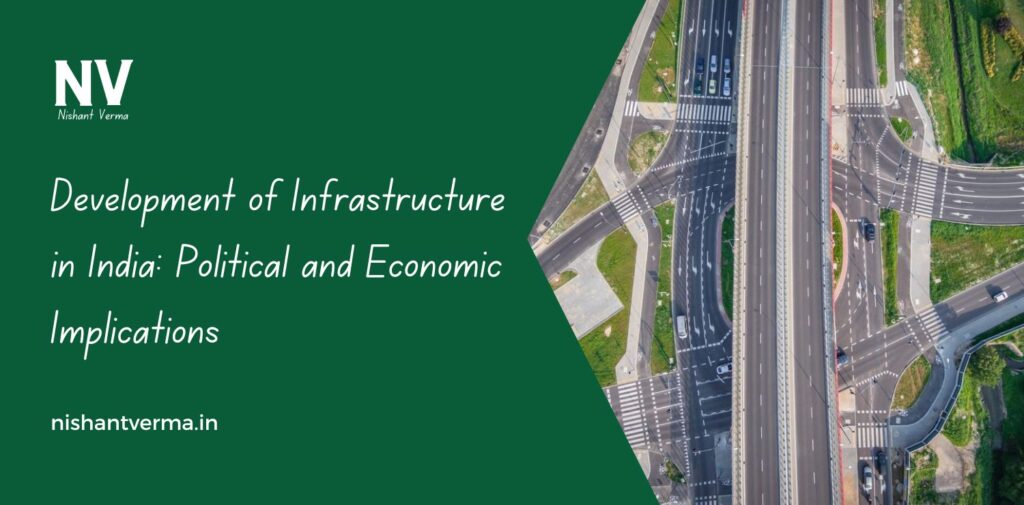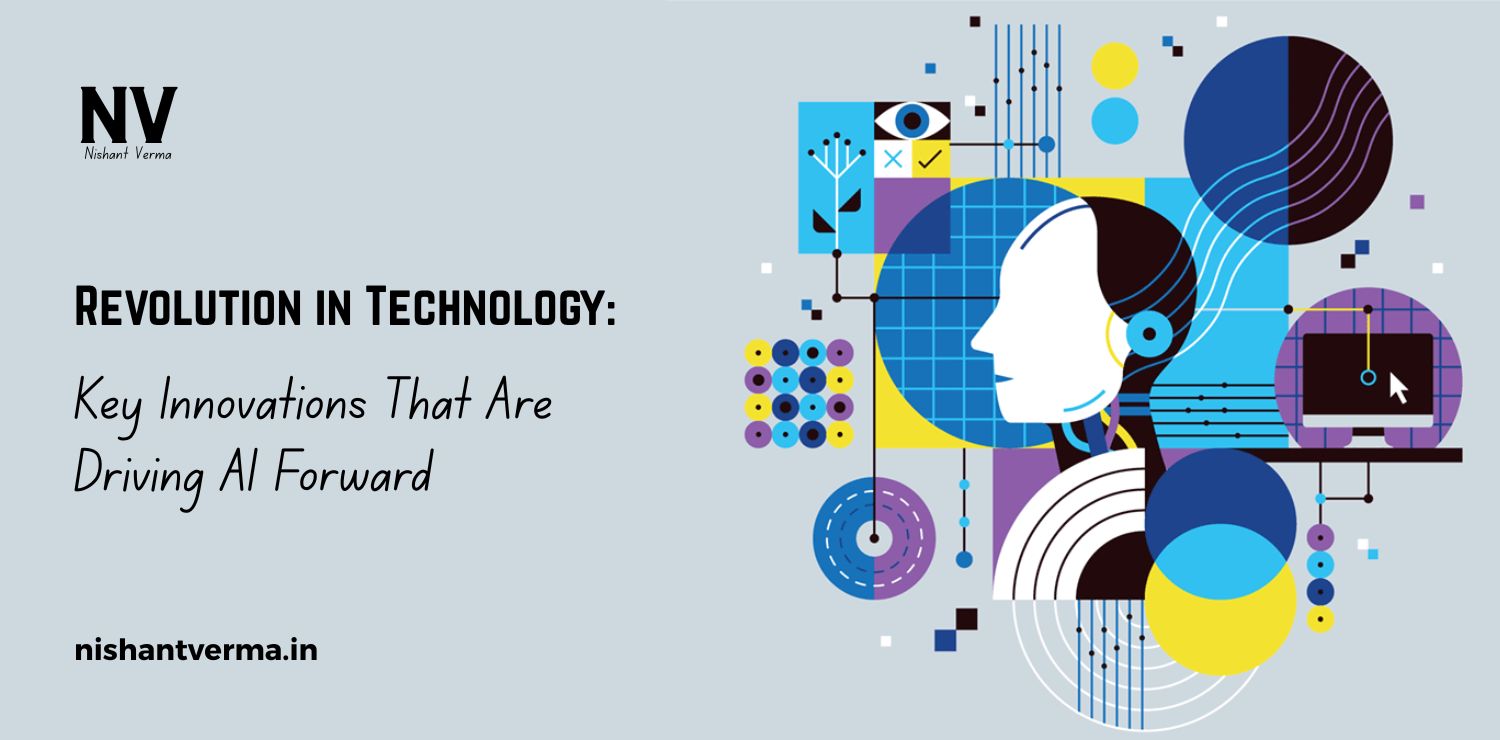The development of infrastructure in India is a story that is closely tied to the country’s political decisions and its economic growth. Infrastructure refers to the basic physical systems that a country needs to function, such as roads, bridges, railways, airports, electricity, and water supply. All of these are essential for the smooth functioning of the country and the well-being of its people. Let’s look at how these things have developed in India, the political decisions behind them, and how they have affected India’s economy and society.
Early Days: The Impact of British Rule
When India became independent in 1947, the country was left with a very basic infrastructure. The British colonial rulers had built infrastructure mainly to serve their own interests. They focused on roads and railways for the movement of goods and raw materials to Britain. However, India’s internal needs, like providing proper roads, water, and electricity to people, were largely ignored.
At the time of independence, India had very few resources, and many areas were still underdeveloped. People in rural areas had little access to electricity, clean drinking water, or roads that connected them to the rest of the country. The government, after gaining independence, had a big challenge ahead: improving these conditions for the people.
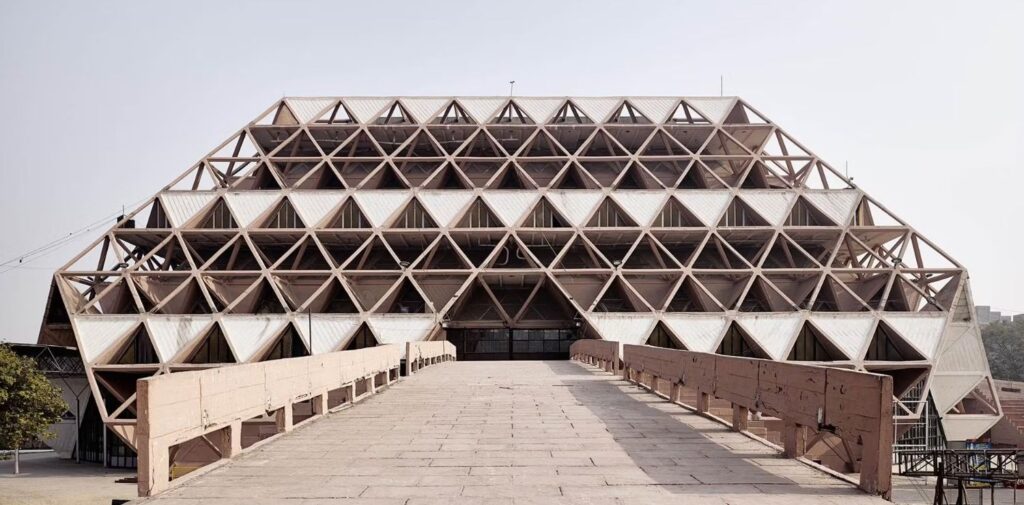
Post-Independence: Focus on Building the Nation
After India became independent, the government focused on improving the country’s infrastructure. This was important for several reasons:
- Creating Jobs: Building roads, railways, and other infrastructure could create jobs for millions of people. This was important to reduce unemployment, which was a big problem.
- Economic Growth: A strong infrastructure system helps businesses to grow and expand. For example, better roads and railways allow goods to be moved quickly from one place to another, which increases trade.
- National Unity: Building infrastructure such as roads and railways was also important for connecting different parts of India. India is a large country, and without good infrastructure, it would be difficult for people to travel and communicate with each other.
In the early years, the government of independent India made some important decisions to build infrastructure. For example, they focused on building a strong railway system, improving the road networks, and providing electricity to villages. These efforts were aimed at connecting the people and making the economy function better.
The Political Decisions Behind Infrastructure Development
The development of infrastructure in India has often been influenced by political decisions. Different political parties and leaders have had different visions for the country’s growth. Some important points to consider include:
- Planning and Policy Decisions: The government of India created long-term plans to build the country’s infrastructure. In the 1950s and 1960s, the government set up five-year plans to improve the economy and infrastructure. These plans included the building of roads, dams, and factories to provide jobs and support economic growth.
- Role of the Government: In the early years after independence, the government played a very important role in building infrastructure. It invested a lot of money in projects like irrigation, electricity, and transportation. Since India was a newly independent country, the government had to take responsibility for building the nation from the ground up.
- Public vs. Private Sector: Initially, most infrastructure development was handled by the government. However, over the years, private companies have also started to play a role in building roads, airports, and other infrastructure. This has led to more competition and faster development.
- Regional Disparities: While the government worked hard to develop infrastructure, some regions of the country, especially rural and remote areas, were left behind. The government tried to address this problem by investing in infrastructure projects that would connect even the most remote areas with the rest of the country.
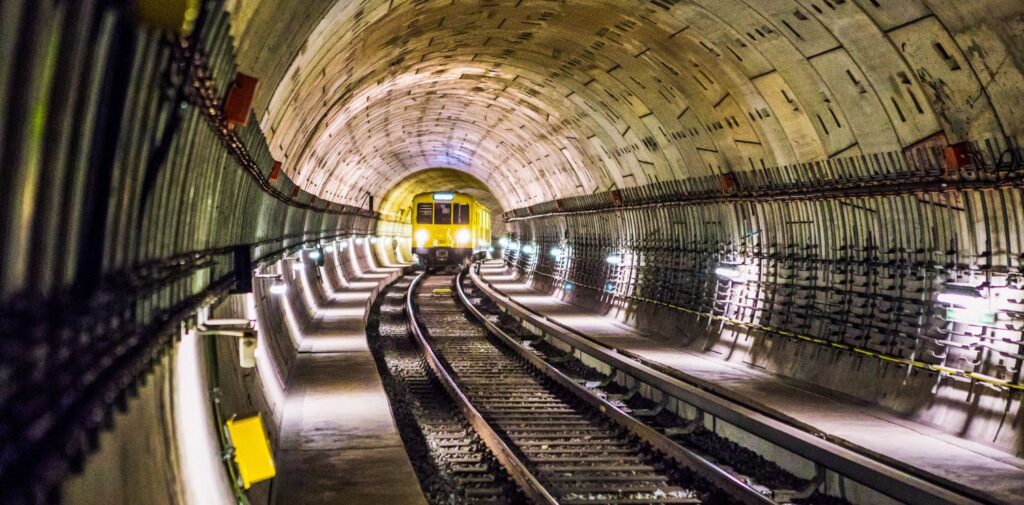
Economic Impact of Infrastructure Development
Infrastructure development has a huge impact on the economy. Let’s take a look at some of the ways it has helped the Indian economy:
- Improved Transportation: Roads, railways, and airports have made it much easier to move goods and people across the country. This has helped businesses to grow, and it has also made it easier for people to travel for work or leisure.
- Boost to Trade: With better roads and ports, India has been able to increase its trade with other countries. The ability to export goods and bring in raw materials has been essential for India’s economic growth.
- Attracting Investments: When there is good infrastructure, both domestic and foreign investors are more likely to invest in the country. This leads to the creation of new businesses and industries, which create jobs and help the economy grow.
- Agriculture: Infrastructure like irrigation systems has been important for improving agriculture in India. Better irrigation means that farmers can grow more crops and have a steady supply of water, which helps them make a living.
- Energy and Power Supply: Access to electricity and energy is critical for industrial growth. Over the years, India has built many power plants and transmission lines to ensure that factories, businesses, and homes have a steady supply of electricity.
Challenges in Infrastructure Development
Despite all the progress, India still faces many challenges when it comes to infrastructure. Some of these challenges include:
- Population Growth: India’s population is growing very quickly, which puts pressure on the existing infrastructure. More people need more roads, schools, hospitals, and homes, and it’s difficult to keep up with this demand.
- Corruption: Sometimes, corruption in the government leads to delays in infrastructure projects. Money that is meant for building infrastructure can get misused, which slows down development.
- Environmental Concerns: Building infrastructure, such as roads and factories, can have a negative impact on the environment. The government must find ways to develop infrastructure while also protecting natural resources like forests and rivers.
- Funding: Building large infrastructure projects costs a lot of money. The government often has to borrow money or partner with private companies to fund these projects, and sometimes this leads to debt problems.
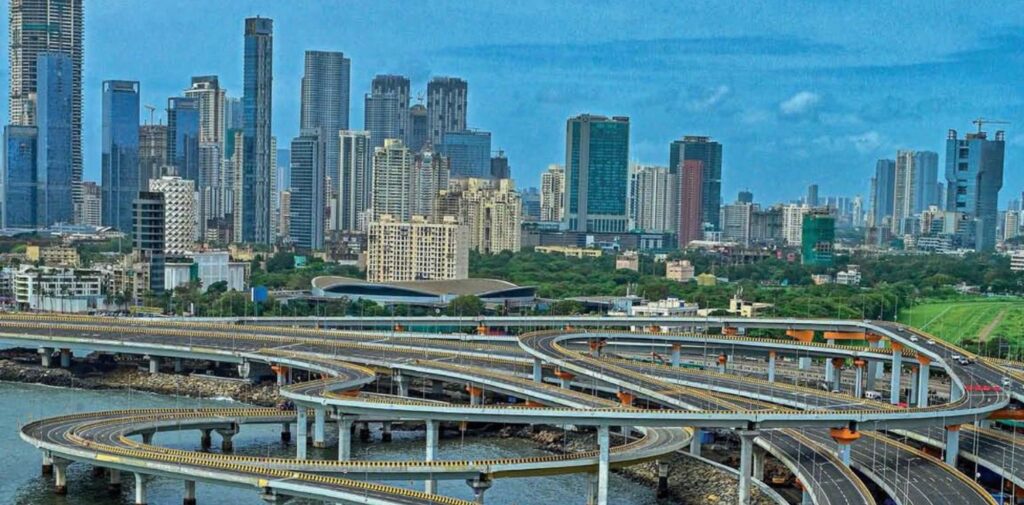
The Future of Infrastructure in India
Looking ahead, India is focusing on creating even better infrastructure for the future. The government is working on projects to improve roads, airports, and public transportation. For example, India has started to build smart cities that use the latest technology to make life better for citizens. There is also a focus on renewable energy, like solar power, to make the country’s energy supply more sustainable.
Additionally, India is working to make its infrastructure more inclusive. This means making sure that even the poorest and most rural areas have access to the same opportunities that people in cities have. By improving infrastructure, India can make sure that all its people benefit from the country’s growth.
Conclusion: Development of Infrastructure in India
The development of infrastructure in India has been a long journey, and there is still much work to be done. However, the progress that has been made since independence is impressive. From the early days of building basic roads and railways to today’s ambitious projects, infrastructure has played a key role in shaping India’s political and economic landscape.
In the future, as the country continues to grow, the development of infrastructure will be crucial in ensuring that all Indians have access to the opportunities they need to succeed. Infrastructure not only connects people and businesses, but it also connects the past with the future, helping India move forward in its journey of development.

